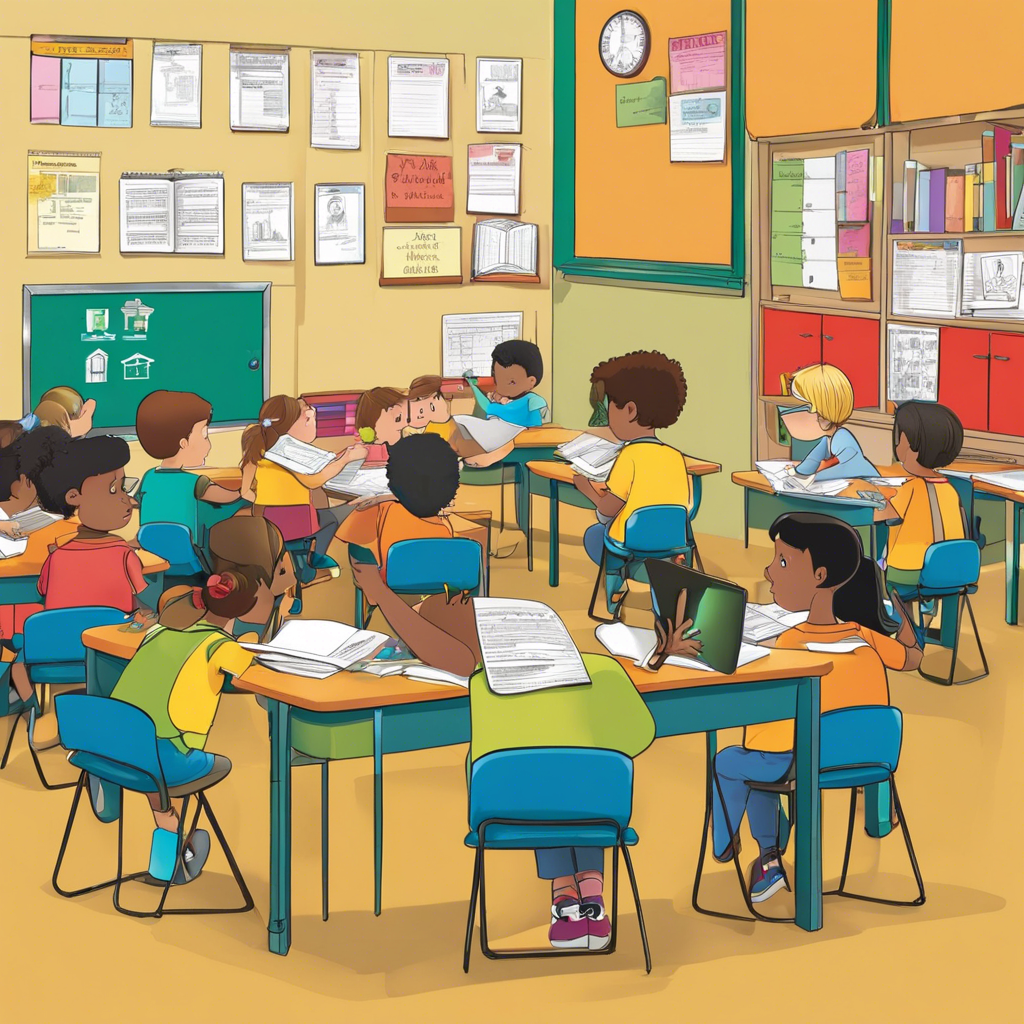Exploring the link between classroom management, learning environment, and student behavior.
The way teachers manage their classrooms can significantly influence student behavior and overall academic success. Classroom management strategies are the techniques and approaches educators use to create an organized, disciplined, and productive learning environment. This article delves into the various tactics teachers can employ to ensure a harmonious classroom that fosters student engagement and positive conduct.
Understanding Classroom Management Strategies
Classroom management is a multifaceted concept that goes beyond mere discipline. It involves designing and implementing methods to establish and maintain a positive learning environment, encouraging students to actively participate while respecting their peers and the teacher. Effective classroom management strategies are essential for teachers to create a supportive atmosphere where learning can thrive.
The Role of Behavioral Expectations
One key aspect of classroom management is setting clear behavioral expectations for students. These expectations outline the appropriate behavior desired from students, ensuring that they know what is expected of them. Clear and consistent behavioral expectations help students understand their boundaries, promote self-regulation, and foster a sense of responsibility and accountability for their actions.
Benefits of Behavioral Expectations
These guidelines provide a framework for students to navigate their behavior, contributing to a more harmonious classroom environment. Research has shown that when students have a clear understanding of behavioral expectations, they are more likely to exhibit positive behaviors and less likely to engage in disruptive or inappropriate conduct. This, in turn, benefits the overall learning experience for all students in the class.
Implementing Behavioral Expectations:
- Define expectations in collaboration with students.
- Ensure they are age-appropriate and relevant.
- Display the expectations visibly in the classroom.
Engaging Students Through Instructional Strategies
Another critical component of classroom management is using engaging instructional strategies. By incorporating interactive and diverse teaching methods, educators can capture and maintain students’ attention, making learning more enjoyable and memorable. These strategies actively involve students in the learning process, promoting greater understanding and retention of the material.
The Power of Group Work and Collaboration
One effective way to engage students is through group work and collaboration. When students work in groups, they learn from and with their peers, fostering a sense of community and shared responsibility for learning. Group work encourages active participation, promotes critical thinking and problem-solving skills, and provides opportunities for students to develop social and emotional skills essential for their personal growth.
Strategies for Effective Group Work
To ensure group work is productive, teachers can utilize various techniques such as assigning clear roles, providing structured tasks, and promoting positive interdependence. By learning how to work effectively in groups, students develop essential skills for future success, including teamwork, communication, and conflict resolution.
Frequently Asked Questions
How can teachers manage off-task behavior effectively?
Off-task behavior is a common challenge in classrooms. To address this, teachers can use strategies such as proximity control, where they move closer to the student exhibiting off-task behavior, or employ non-verbal cues to redirect the student’s attention. Offering positive reinforcement for on-task behavior can also be effective.
What are some approaches to managing disruptive behavior?
Disruptive behavior can be managed through a combination of preventive and responsive strategies. Preventive measures include establishing clear rules and consequences, while responsive strategies may involve individual behavior plans, behavioral contracts, or conferring with support staff for additional guidance.
How can teachers foster a positive classroom culture?
A positive classroom culture is built on mutual respect and shared responsibility. Teachers can foster this culture by creating a safe and welcoming environment, modeling positive behavior, and promoting student voice and choice. Regularly reflecting on and celebrating successes further contributes to a positive classroom atmosphere.
Conclusion
Classroom management strategies are essential tools for teachers to create a positive and engaging learning environment. By setting clear behavioral expectations, implementing effective instructional strategies, and addressing student behavior proactively, educators can significantly impact student conduct and academic achievement. When students are engaged and motivated, they are more likely to succeed academically and develop the skills necessary for their personal and professional lives.
External Links and Resources
1. [Classroom Management: A Guide for Teachers](https://www.teachervision.com/classroom-management/teaching-methods/4878.html)
2. [Behavior Management Strategies](https://www.edutopia.org/classroom-management-guide-behavior)
3. [The Power of Group Work](https://www.ascd.org/el/articles/the-power-of-group-work)
